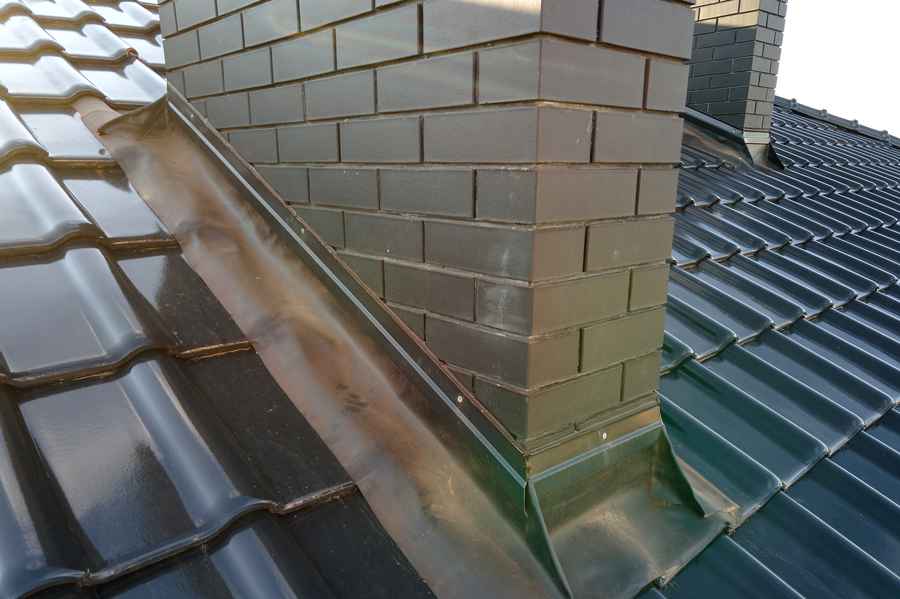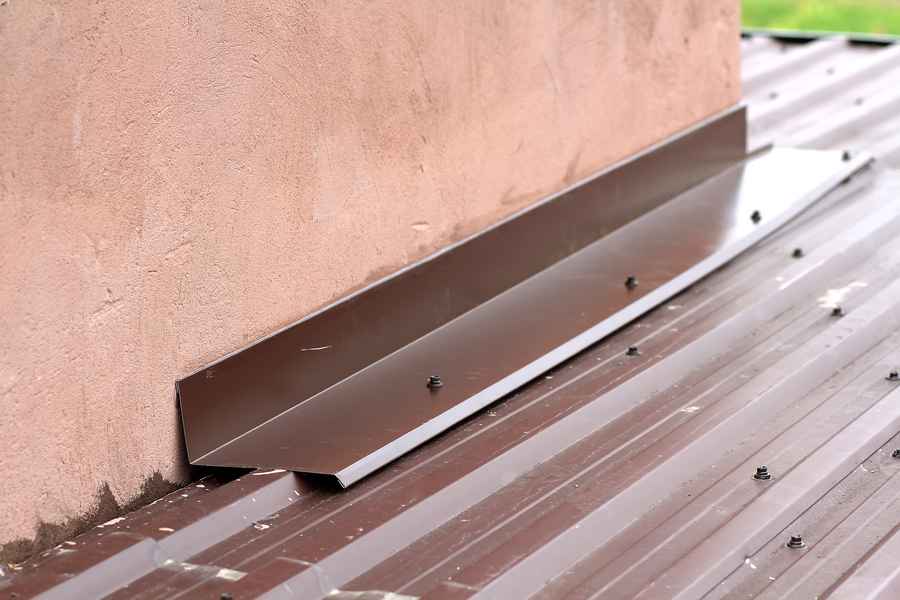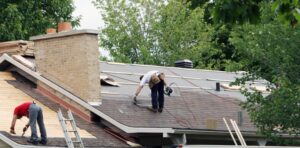At Best Choice Roofing, we understand that every home in Williamsburg, VA, has unique roofing needs, and we’re here to help. With our expert roofing services, we guide homeowners through essential roofing elements to ensure long-lasting protection and beauty. One of the critical aspects of roofing is roof flashing – a key factor in preventing leaks and protecting your home from water damage. In this guide, we’ll explain the importance of roof flashing, its different types, and where it’s installed on various parts of a roof.
Understanding Roof Flashing
Roof flashing is a thin layer of material—usually metal, such as aluminum or galvanized steel—placed around vulnerable areas of your roof to keep water from seeping into your home. Flashing is strategically installed where roof planes meet walls, chimneys, skylights, and other joints, as these areas are most prone to leaks. Professionally installed flashing directs water away from these areas, helping maintain the structural integrity of your roof.
Types of Roof Flashing
Roof flashing comes in various types, each suited to specific parts of a roof. Here’s a closer look at the main types:
Step Flashing: Step flashing is a series of small, rectangular pieces of metal that are overlapped and installed at the points where the roof meets a wall. This type of flashing is crucial for directing water away from the roof-wall intersection, particularly where shingles meet a vertical surface. Each piece is layered under shingles and up the side of the wall, providing a watertight barrier.
Continuous (or Apron) Flashing: Continuous flashing is a single, long piece of metal that runs along the lower edge of roof penetrations, such as chimneys or dormers. It allows water to flow over the flashing rather than accumulating around these junctions.
Counter Flashing: Counter flashing is used with a base flashing on vertical structures, such as chimneys or walls. It overlaps the base flashing, forming a watertight seal that prevents water from seeping behind the flashing. Counter flashing is often embedded in the structure itself, providing additional protection.
Drip Edge Flashing: This type of flashing is installed at the edge of the roof, guiding water away from the fascia and into the gutter. It also helps protect the underlayment and roof deck by preventing water from flowing back under the shingles.
Valley Flashing: Roof valleys, where two roof planes meet, are especially susceptible to water pooling. Valley flashing is a V-shaped metal channel placed in the valleys to direct water off the roof as quickly as possible, reducing the risk of leaks and water damage.
Roof Flashing Installation and Maintenance
Proper installation is critical for roof flashing to perform its job effectively. Improperly installed flashing can result in leaks, so it’s essential to have a professional roofing company, like Best Choice Roofing, handle the installation. Routine inspection and maintenance are also key in keeping your flashing intact. Over time, flashing can become worn down or corroded due to exposure to the elements. Frequent roof checks can help identify early signs of wear, ensuring repairs or replacements are made promptly to prevent costly damage.
Protect Your Williamsburg Roof with Best Choice Roofing
Roof flashing is a vital part of a roofing system, and at Best Choice Roofing, we’re here to help you protect your home in Williamsburg, VA. Our skilled team offers expert roof flashing installation, roof inspection, and repair solutions to keep your roof safe and secure from leaks and water damage. Contact us today to schedule a consultation or inspection and make sure your beautiful Williamsburg residence is in top condition!





